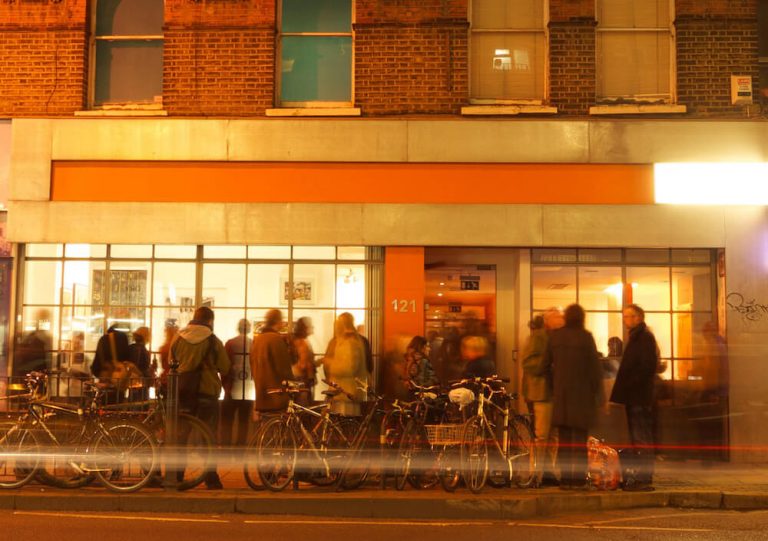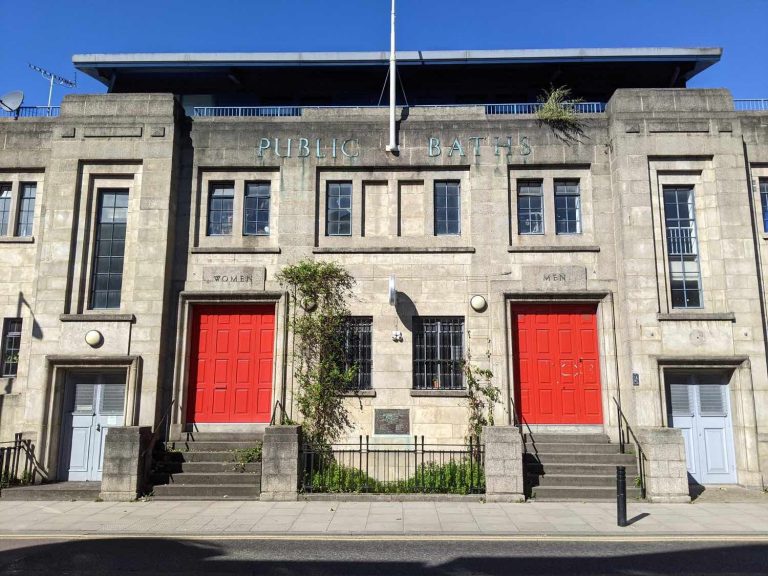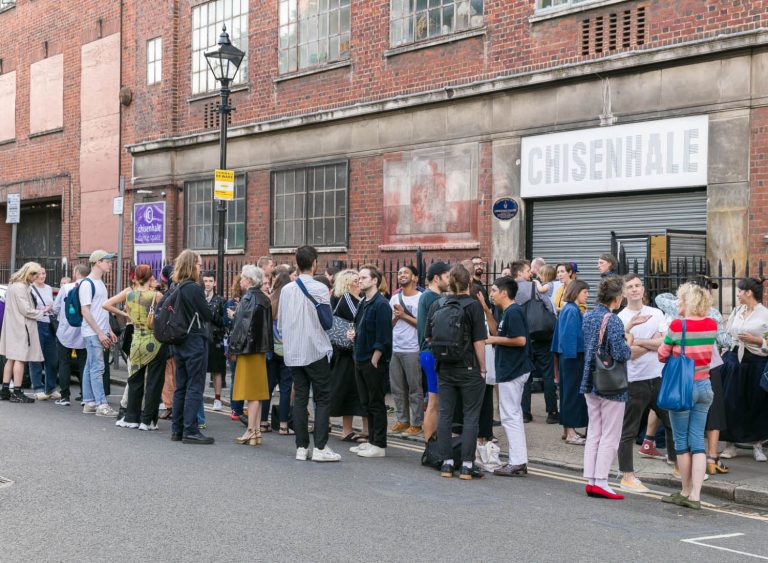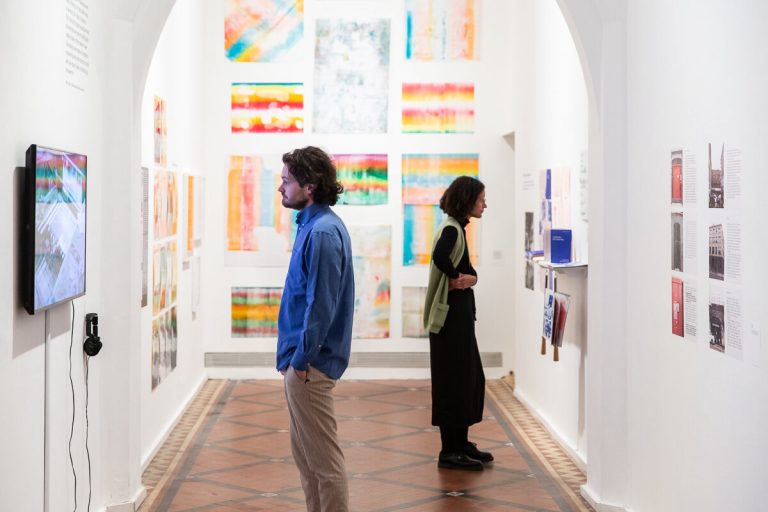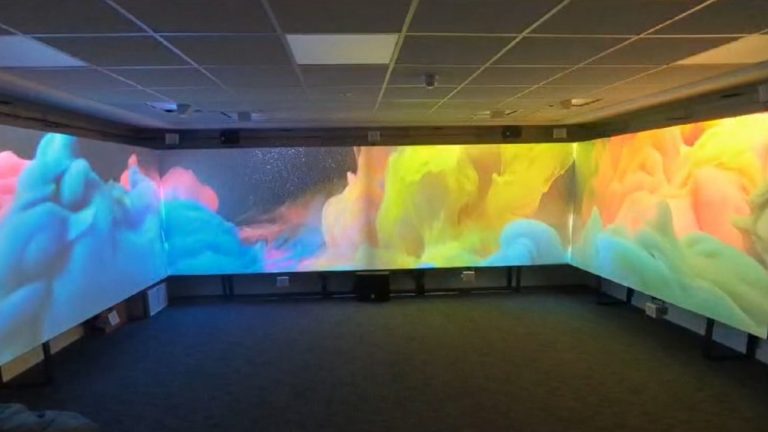Our guide to the best statues and monuments to see in Tower Hamlets
A tour of the best statues in Tower Hamlets reveals the borough’s fascinating history from our famous philanthropists to the unsung working classes and the forgotten children.
Who we choose to memorialize in metal is significant. It contributes to our everyday experience of our local area and how we understand the values of our community. On 10 June 2020, the Mayor of Tower Hamlets removed a statue of Robert Milligan – a slaveholder from the 18th Century – at West India Quay.
The Museum of London Docklands said the statue of the British slave trader, who owned two sugar plantations and 526 slaves in Jamaica, had ‘stood uncomfortably’ outside its premises ‘for a long time’. Its removal, therefore, marked an important shift in social awareness as we take responsibility for the ethical impact of public artworks.
While some of our local statues are associated with the UK’s colonial past, others are celebrations of inspiring public figures and testaments to the creativity and philanthropy of the East End.
You can enjoy learning about the history of our local area, or simply enjoying these sculptures as crafted pieces of art, by visiting the statues that we have selected, all around Roman Road.
Blind Beggar and His Dog
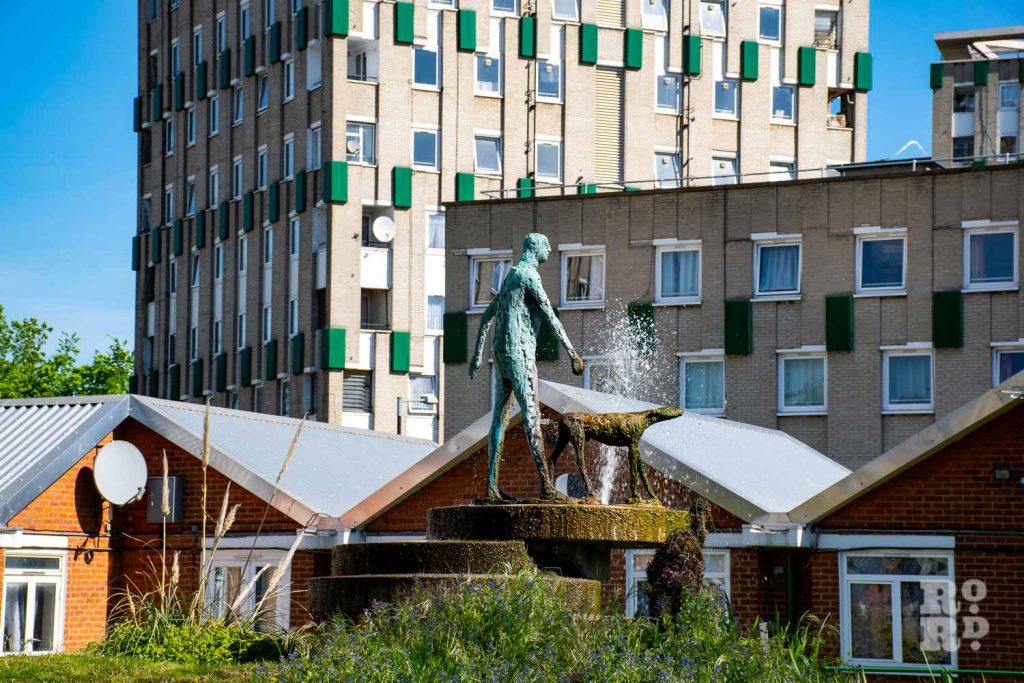
Elizabeth Frink’s bronze statue of the Blind Beggar and His Dog (1957) adorns Bethnal Green’s Cranbrook Estate, which was Berthold Lubetkin’s last major project before his retirement.
The statue is in the middle of a gated residents’ garden but can be viewed from Roman Road, just west of its junction with Mace Street. It still draws admiration from locals and curious looks from outsiders.
Among the various stories behind the statue, the most popular refers to a knight named de Montford, who was blinded in battle and left begging in Bethnal Green. His daughter was wooed by four suitors, three of whom were discouraged by an alleged lack of dowry. The fourth recognised her nobility and married her anyway, and he received a dowry from the beggar’s still-wealthy father.
Cranbrook Estate, Bethnal Green, Tower Hamlets
William Gladstone statue
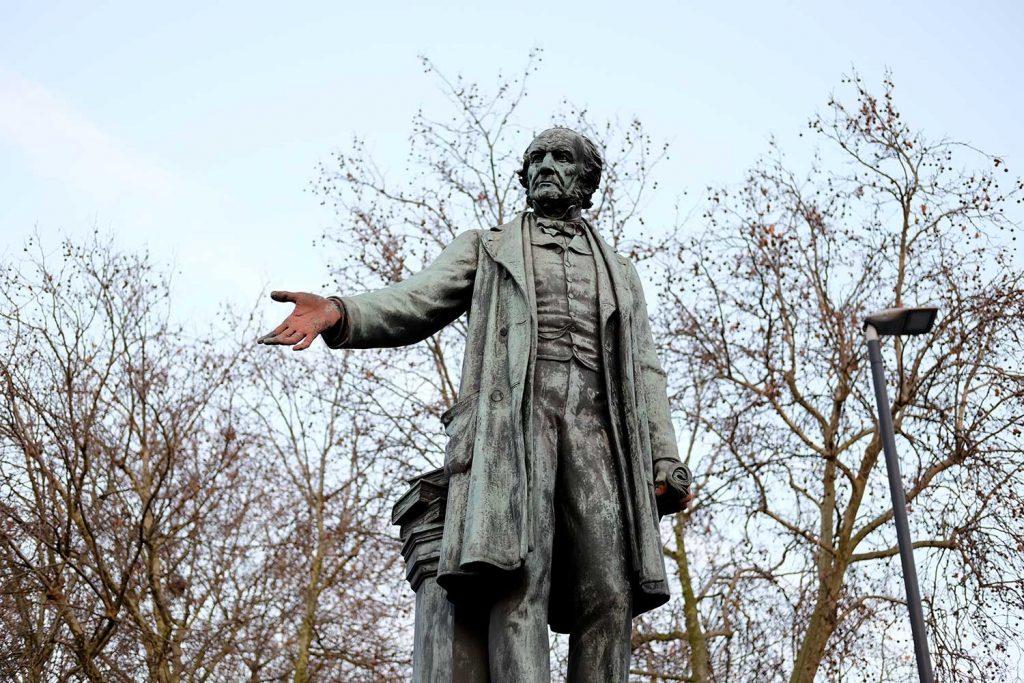
Just in front of Bow Church stands the statue of William Ewart Gladstone (1809 – 1898), a famous politician whose achievements included four terms as Prime Minister and four terms as Chancellor of the Exchequer.
One of the most notable things about the statue is the fact that its hands are painted red. The explanation lies in the back of the statue, where the inscription reads, ‘A gift to the east of London of Theodore H. Bryant’.
This refers to Bryant & May matches, a Bow factory where matchgirls – many underaged, all on starvation wages, barefoot through winter, vulnerable to white phosphorous poisoning – allegedly had a shilling skimmed from their pay to finance Bryant’s ‘gift’.
At the unveiling, several girls smuggled stones in their pockets, cut their hands and bloodied the statue in protest. The red paint on the statue stands as a tribute to these brave women.
Bow Church, Bow Road, Tower Hamlets
Statue of Clement Attlee
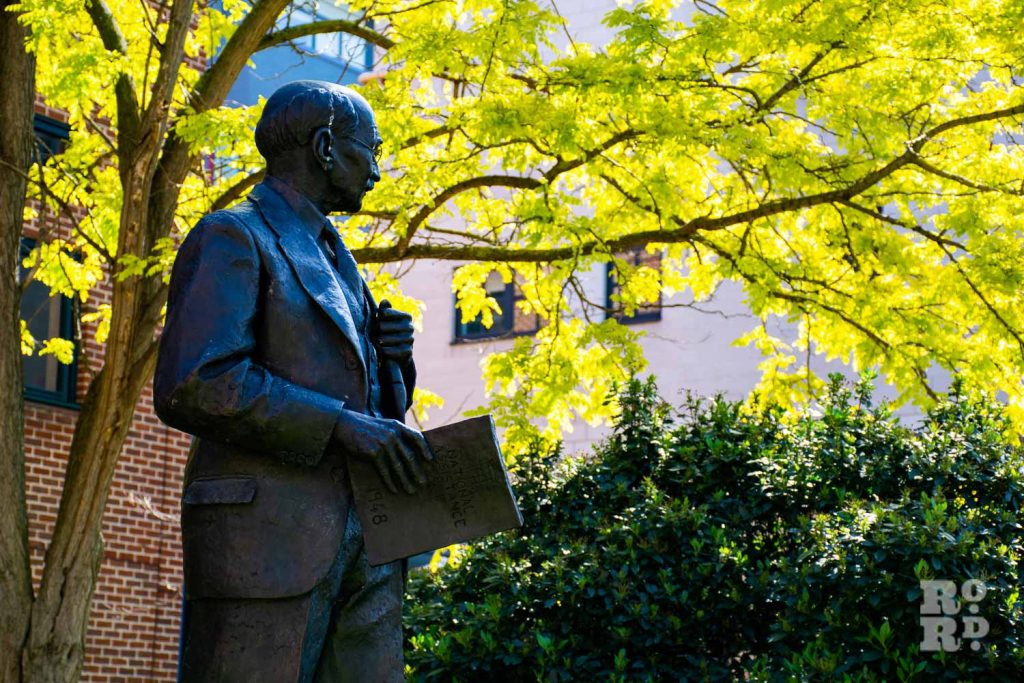
This statue by Frank Forster commemorates Clement Attlee, leader of the Labour Party and post-war Prime Minister. As the first Mayor of Stepney, he defended the poor of this area against slum landlords.
During his time as Prime Minister between 1945 and 1951, the British government took steps to nationalise major industries and public utilities as well as create the National Health Service. He also set standards of duty and decency at the top for all subsequent Prime Ministers.
The statue was originally unveiled in Limehouse by Lord Wilson of Rievaulx in 1988. Over the years it fell into disrepair and was vandalised. The relocation and repair of the statue in 2010 was funded by Queen Mary University of London and facilitated by the London Borough of Tower Hamlets, from which it is now on long-term loan.
Queen Mary University London, Mile End, Tower Hamlets
Edward VII Bust
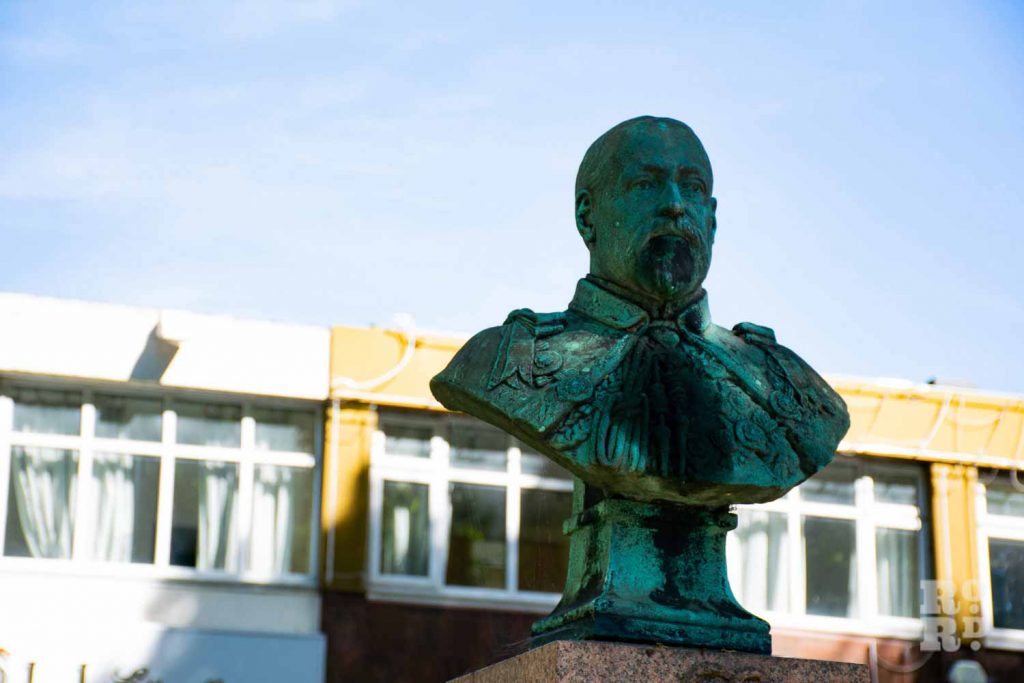
In 1910, Stepney Borough Council planted two long rows of plane trees on a strip of land along Mile End Road and erected some commemorative statues including this bust of Edward VII.
King Edward VII, son of Queen Victoria, ascended the throne at the age of 60 and only reigned 11 years (1901-1911). The bust was erected by freemasons of the Eastern District and unveiled on 12 October 1911, by Edward White JP – Chairman of the London County Council – who presented it to the Stepney Borough Council.
The sculptor is unknown, but the casting was carried out by a local firm, Harris and Son of Mile End Road. The most notable trait of the statue is certainly the inscription placed underneath, which reads: ‘Peace hath her victories no less renowned than war,’ referring to Edward’s role in building good relations with Europe, especially France. The statue has been granted Grade II heritage status.
Mile End Road, Tower Hamlets
Queen Alexandra statue, London Hospital
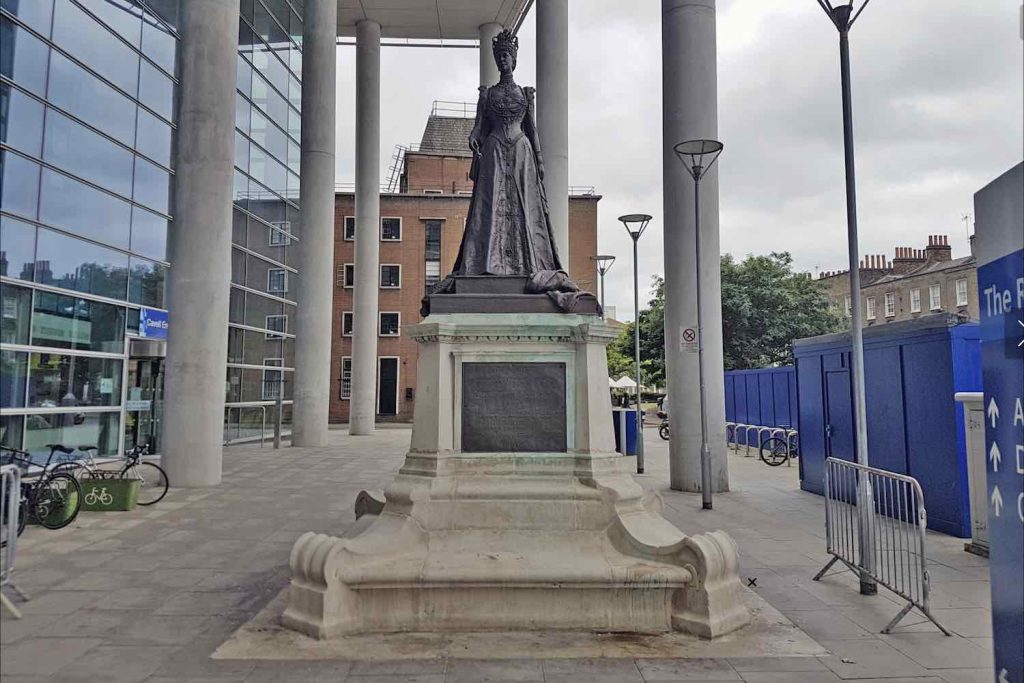
This statue of Queen Alexandra (1844 – 1925) was erected by friends of the hospital in 1908. As part of her public duties, Queen Alexandra took a great interest in London Hospital.
The writing on the plaque reads, “Her Majesty Queen Alexandra, President of the London Hospital, 1904, who always took a personal & sympathetic interest in its work and who in 1900 introduced to England the Finsen light cure for lupus and presented the first lamp to this hospital.”
Queen Alexandra also happened to be the wife of Edward VII so you can visit both statues to see how the couple has been immortalised.
London Hospital, Whitechapel
William and Catherine Booth statues
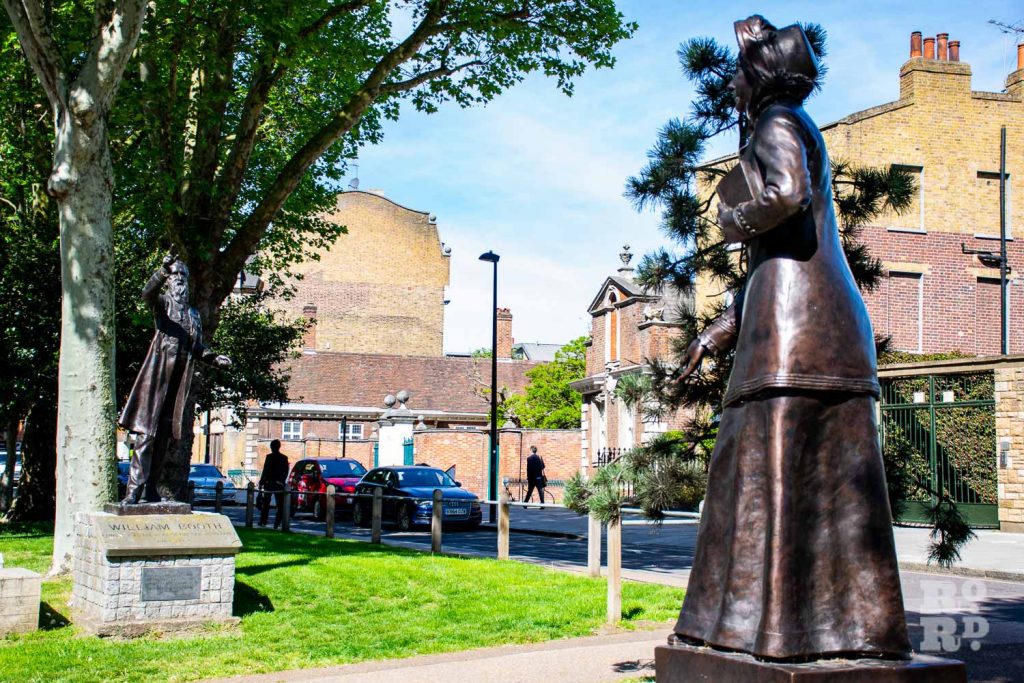
These statues in Stepney commemorate the work and the efforts of William Booth, the first Methodist preacher and first General in 1878, and his wife Catherine, known as the ‘Mother of The Salvation Army’. They are considered the founders of the Salvation Army.
Although they were not born in London, they worked towards improving the living conditions of many East Enders, especially in Whitechapel. William preached to the poor and marginalised members of society, while Catherine spoke to the wealthy, gaining support for their financially demanding ministry.
William’s statue on Mile End Road, unveiled in 1979, is located near to the spot outside the Blind Beggar pub where Booth first preached in 1865. The inscription reads: ‘William Booth Founder and First General of The Salvation Army. Commenced the work of the Salvation Army on Mile End Waste. July 1865’.
The neighbouring statue of Catherine Booth was donated by the women of the Salvation Army in the United States of America, and unveiled in 2015, on the Salvation Army’s 150th anniversary.
Mile End Road, Stepney, Tower Hamlets
Old Flo by Henry Moore
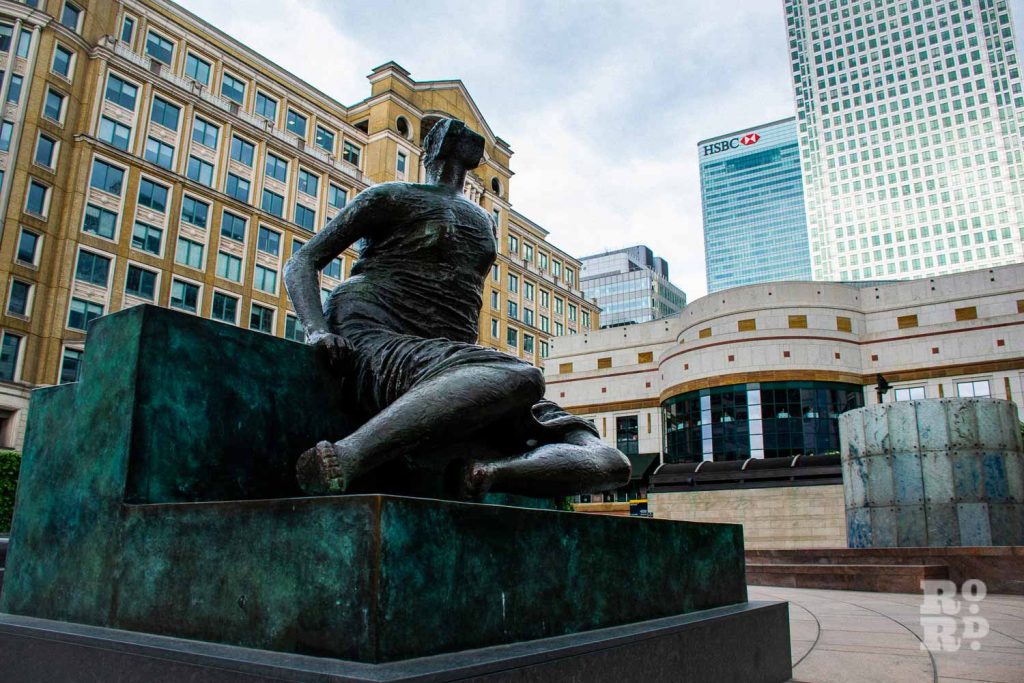
Depicting a female figure in a seated position, a homage to the bundled figures who took shelter during the London Blitz, Old Flo is considered a symbol of the East End. It was created by Henry Moore who donated it to the Stifford Estate, Stepney, in 1962, where it remained until the demolition of the estate in 1997.
It was then loaned by Tower Hamlets to the Yorkshire Sculpture Park until October 2017. In 2012, Tower Hamlets decided to sell the sculpture, leading to a public campaign to prevent the sale.
Old Flo is now at Canary Wharf, on private land, yet back on public display. After having survived vandalism, the demolition of her original home, a custody fight, and sale attempts by the council, we’re lucky it’s still around.
Cabot Square, Canary Wharf, Tower Hamlets
Since 9/11 in Queen Elizabeth Olympic Park
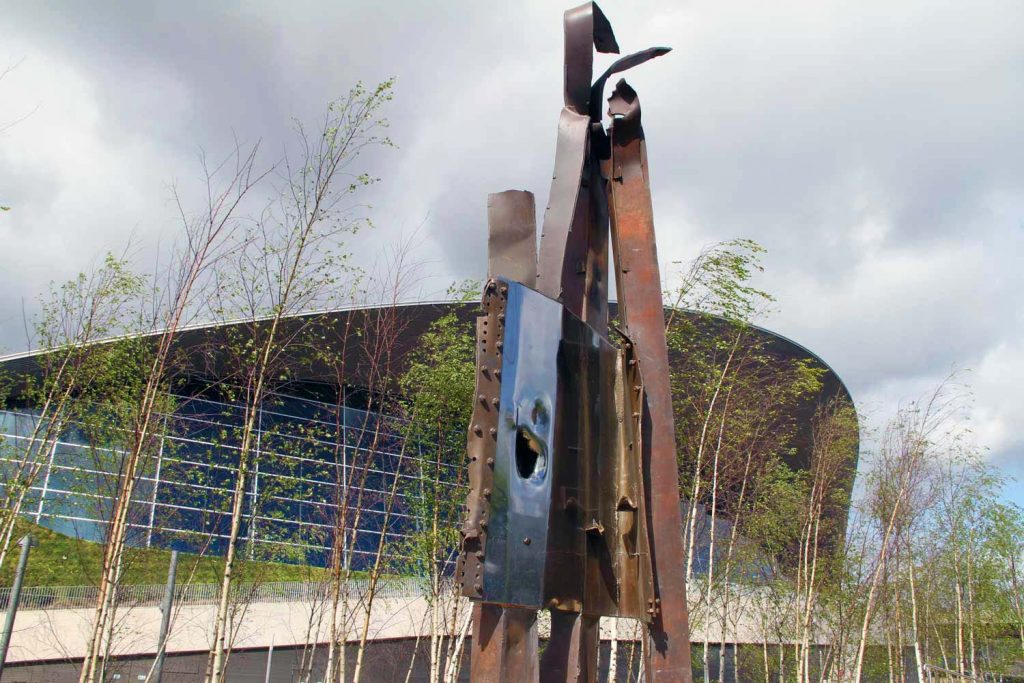
This piece is made of steel recovered from Ground Zero after the attack on the Twin Towers. It was gifted to the UK by the Port Authority of New York and New Jersey in 2010 and is one of six Twin Tower remnants sent overseas.
Before it found its permanent home in the East End, you might have seen it in Battersea Park where it was unveiled for the tenth anniversary of 9/11.
It marks a space to remember those lost in the attack and
Queen Elizabeth Olympic Park, Stratford, Newham
Barnardo’s Memorial in Tower Hamlets Cemetery Park
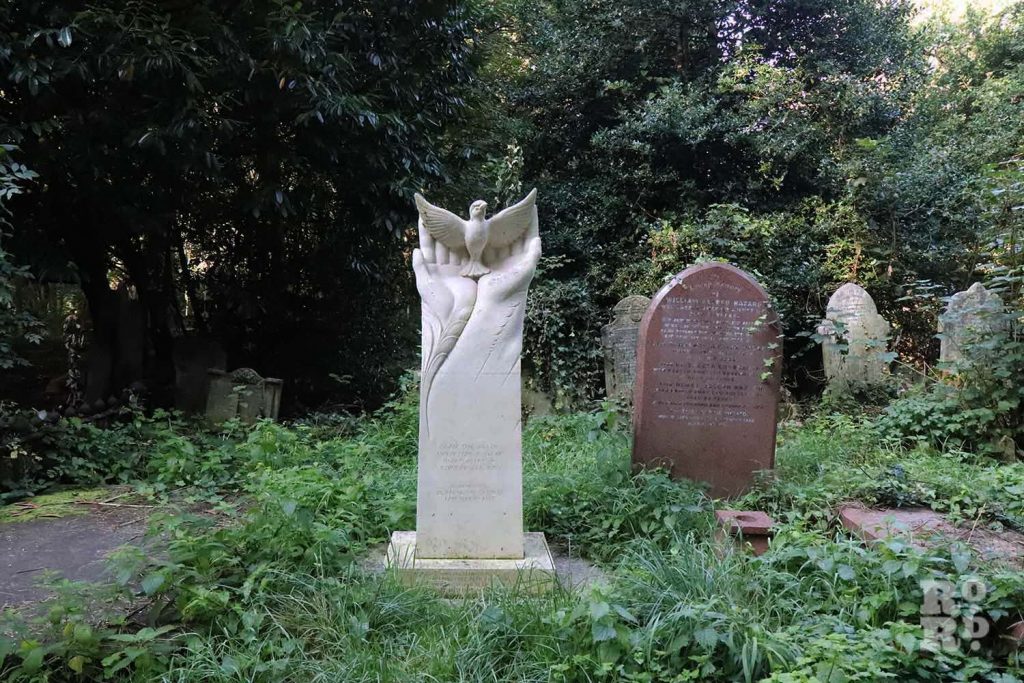
Between 1876 and 1924 what is now known as Tower Hamlets Cemetery Park was the burial site for 513 of Barnado’s children. Dr Barnado took care of abandoned and poverty-stricken children.
However, with diseases rampant in Victorian and Edwardian London, unfortunately, many children passed away under Dr Barnado’s care. The children were all given proper burials but the charity couldn’t afford a headstone for every child.
They are memorialised by the beautiful sculpture of a sparrow emerging from open hands, carved into stone.
Tower Hamlets Cemetery Park, Bow, Tower Hamlets
MSI 2023 AR Statues outside Copperbox Arena
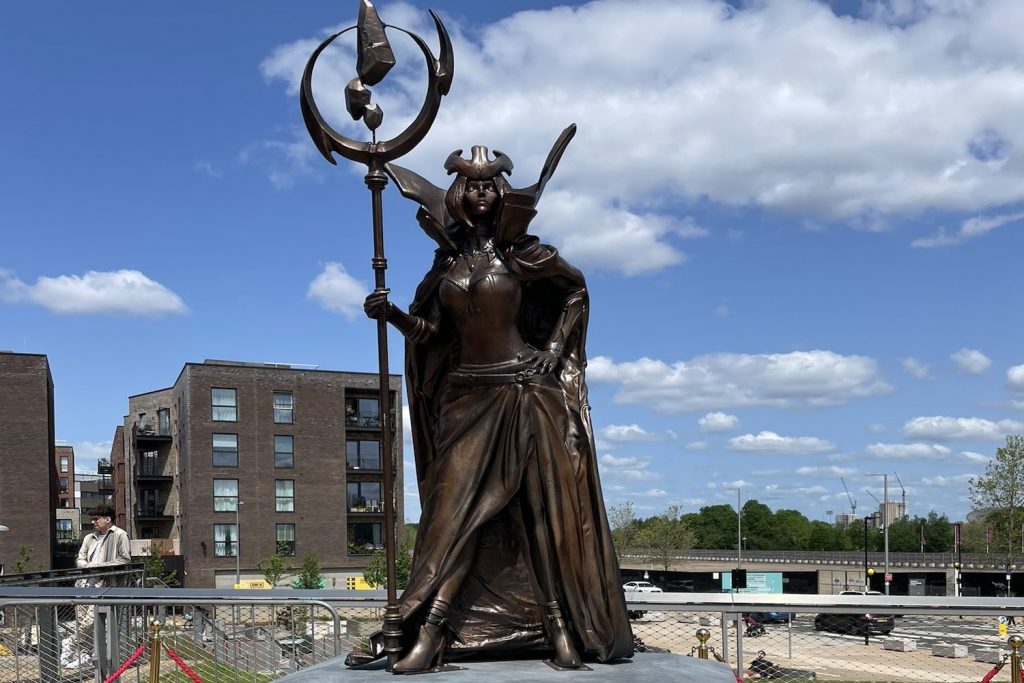
There are three statues outside the Copperbox Arena in Queen Elizabeth Olympic Park and each represents a pro player of the team-based online game, League of Legends. You can scan the QR codes on their plaques to open an AR activity and video.
The statues will remain outside the Copperbox Arena while MSI (Mid-Season Invitational) is happening so make sure to check them out before they’re gone.
Copperbox Arena, Queen Elizabeth Olympic Park, Stratford, Newham
Enjoyed this? Check out our tour of the best street art around Roman Road.


